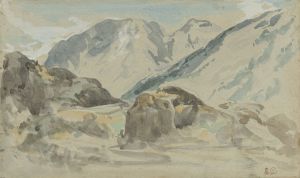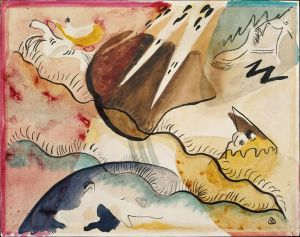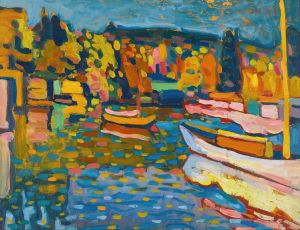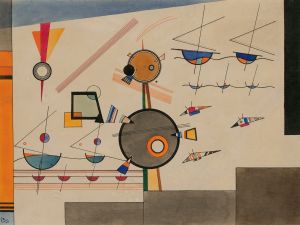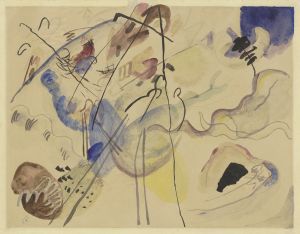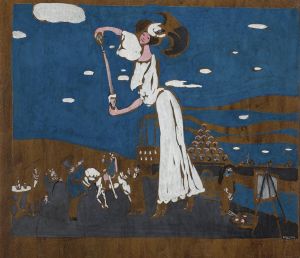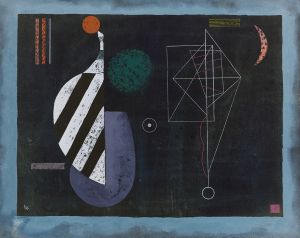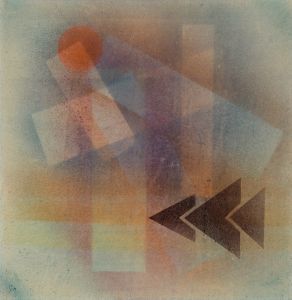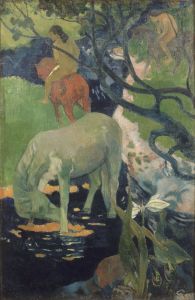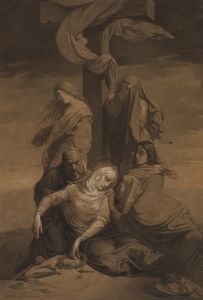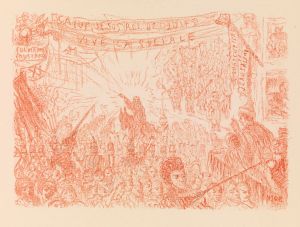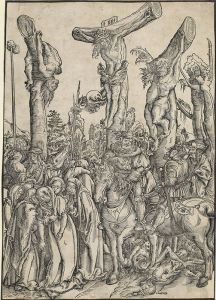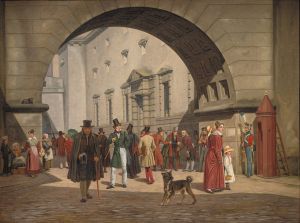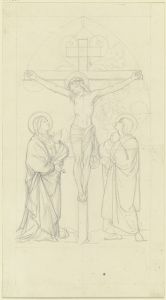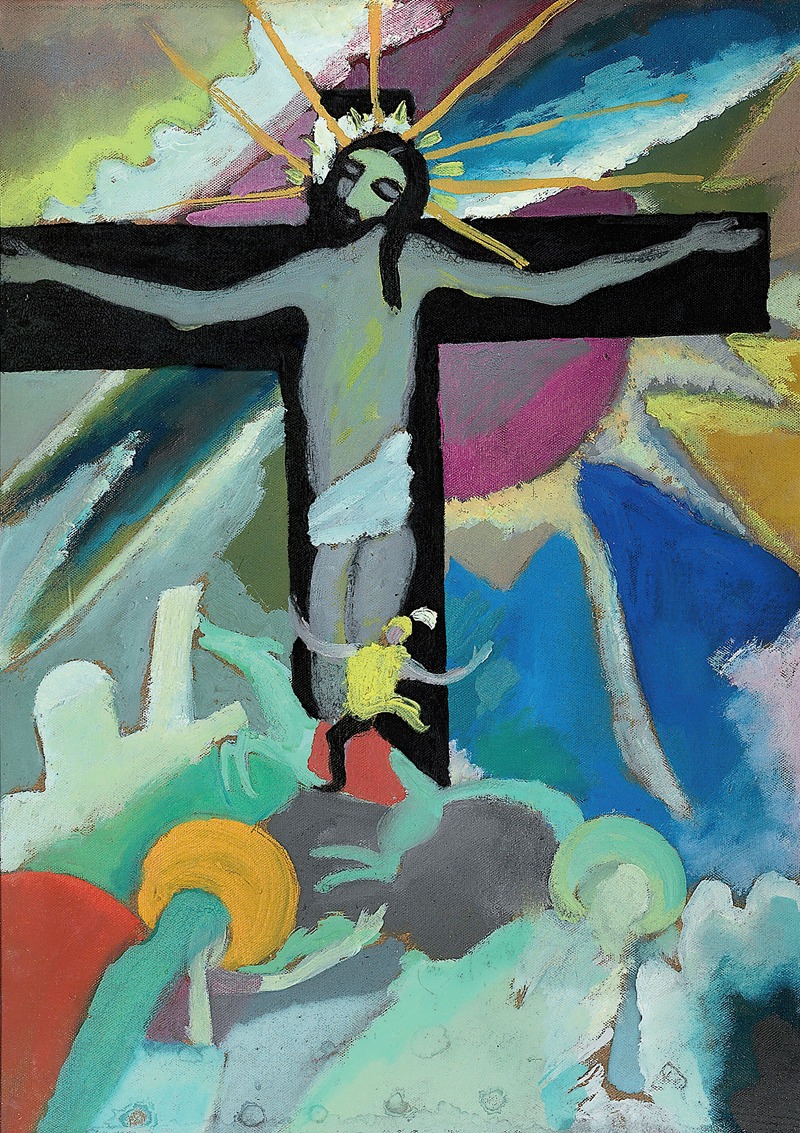
Gekreuzigter Christus
A hand-painted replica of Wassily Kandinsky’s masterpiece Gekreuzigter Christus, meticulously crafted by professional artists to capture the true essence of the original. Each piece is created with museum-quality canvas and rare mineral pigments, carefully painted by experienced artists with delicate brushstrokes and rich, layered colors to perfectly recreate the texture of the original artwork. Unlike machine-printed reproductions, this hand-painted version brings the painting to life, infused with the artist’s emotions and skill in every stroke. Whether for personal collection or home decoration, it instantly elevates the artistic atmosphere of any space.
Wassily Kandinsky, a pioneering figure in abstract art, created the painting "Gekreuzigter Christus" (Crucified Christ) in 1911. This work is notable for its departure from traditional religious iconography and its embrace of abstract forms and vibrant colors, which are characteristic of Kandinsky's style during this period.
Kandinsky was born in Moscow in 1866 and later moved to Munich, where he became involved with the avant-garde art scene. He was a founding member of the Der Blaue Reiter (The Blue Rider) group, which sought to express spiritual truths through art and was heavily influenced by symbolism and theosophy. "Gekreuzigter Christus" was created during this influential period in Kandinsky's career, reflecting his interest in spirituality and the transcendental aspects of art.
The painting itself does not depict Christ in a traditional manner. Instead, Kandinsky uses abstract shapes and a vivid color palette to convey the emotional and spiritual significance of the crucifixion. The composition is dynamic, with intersecting lines and forms that suggest movement and energy. The use of color is particularly striking, with bold contrasts that draw the viewer's eye and evoke a sense of drama and intensity.
Kandinsky's approach to "Gekreuzigter Christus" can be seen as part of his broader quest to move beyond representational art and explore the possibilities of abstraction. He believed that art should not merely imitate the visible world but should instead express deeper, unseen realities. This philosophy is evident in "Gekreuzigter Christus," where the abstract forms and colors are intended to evoke a spiritual response rather than depict a literal scene.
The painting is also significant in the context of Kandinsky's theoretical writings. In his seminal work "Concerning the Spiritual in Art," published in 1911, Kandinsky articulated his belief that color and form could convey spiritual and emotional truths. "Gekreuzigter Christus" can be seen as a practical application of these ideas, using abstract elements to communicate the profound significance of the crucifixion.
Today, "Gekreuzigter Christus" is recognized as an important work in Kandinsky's oeuvre and a key example of early abstract art. It reflects the artist's innovative approach to form and color, as well as his deep engagement with spiritual themes. The painting is held in high regard by art historians and continues to be studied for its contribution to the development of abstract art in the early 20th century.
In summary, "Gekreuzigter Christus" by Wassily Kandinsky is a significant work that exemplifies the artist's move towards abstraction and his interest in expressing spiritual truths through art. Created in 1911, it reflects the innovative and experimental spirit of the Der Blaue Reiter group and remains an important piece in the history of modern art.





